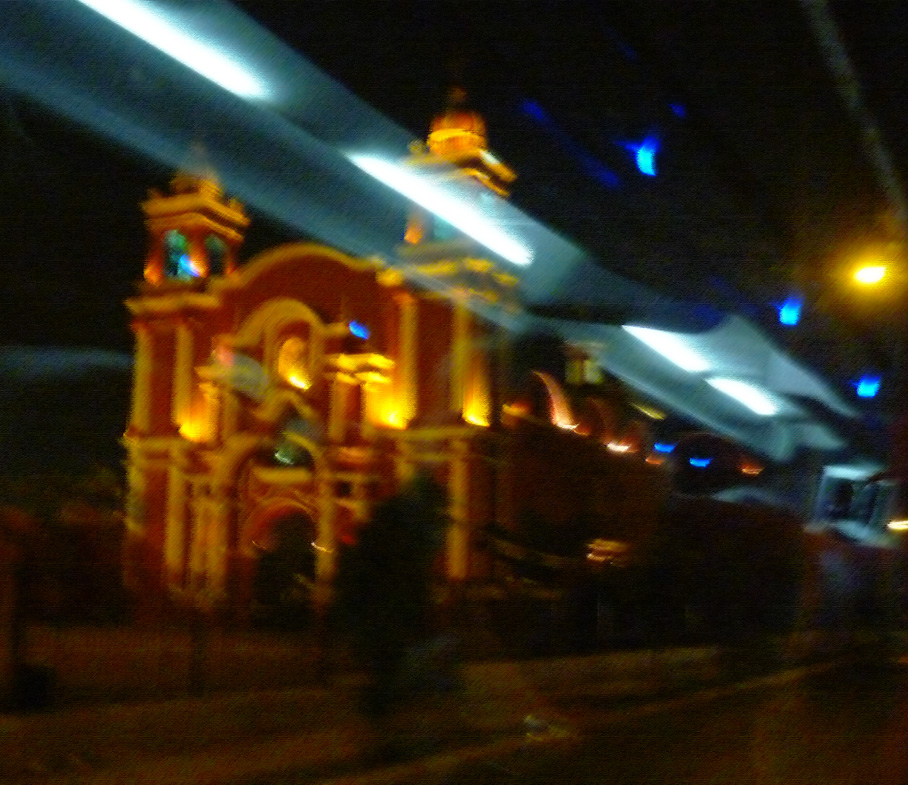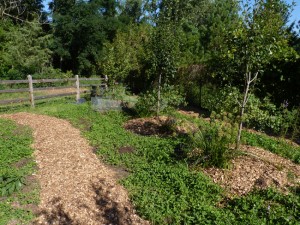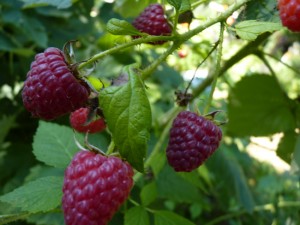Winter Solstice Eve Full Moon of the Winter Solstice
My friend Allison sent me a link to this article, There Goes The Sun. It contains an excellent digest of solstice activity around the world and also explains some of the astronomical oddities attached to it. Good reading.
Here’s another tack, a way of setting yourself in the context of the solar system, and, in that way, in the context of the cosmos, headed in one direction–out, external–and another that places you in the context of mother earth, the animal kingdom, mammals, hominids and your self, headed in another direction–inward.
As an astronomical event this solstice marks a transition, for those of us on earth in temperate latitudes, from a day with mostly darkness toward the inverse, experienced on the summer solstice when we make the transition from days with mostly light and again head toward darkness. From the solar system perspective all that really happens is the earth returns to a spot on its orbit where its angle of declination spreads light out over a wider area, making its affect weaker. The sun burns on, hydrogen turning to helium, vast amounts of energy released in this fusion reaction, radiating out from the sun toward the planets it holds in thrall.
The sun itself is one of 100-400 billion stars in our Milky Way Galaxy. “Its name is a translation of the Latin Via Lactea, in turn translated from the Greek Γαλαξίας (Galaxias), referring to the pale band of light formed by stars in the galactic plane as seen from Earth.” Wikipedia. How many galaxies altogether? Estimates run as high as 500 billion. I offer this to give you a sense of the particular significance of one moment in the orbit of one planet around just one of our galaxy’s suns.
Coming in toward you though, we can follow a different ancientrail. This one responds to the specificity of the solstice and its impact on our northern home–winter. Squirrels bury nuts. Bears hibernate. Dogs grow a coat of inner fur. Human homes turn on furnaces and humans clothe themselves in ways designed to keep in heat. Plants like daffodils, tulips, garlic, parsnips and lilies lie at rest in the soil during the cold period brought on by the solstice and the time just before and after it. We have adapted to the return of the sun to this particular spot in the sky; and, without those adaptations this change in solar intensity would kill us. In other words this event, so very insignificant when considered against the back drop of 500 billion galaxies, matters critically to those of us here, on Sol’s third planet, Earth.
There is a chance, tomorrow night, the Winter Solstice night, to abide with the darkness and the quiet, Stille Nacht; a chance to light a candle and meditate, take an hour, maybe more, to consider what has taken place in your life since light dominated the day, a time that ended on and around the fall equinox and how it may have changed as the dark began to grow more and more dominant. This is not, and this is important, a once in a life event; no, this is a once a year time, a point where we can consider our lives, where we can go beyond our animal response to temperature and light, move inward toward the depth of our selves, that inner well where the uniqueness of you dwells. You can spend time listening to the Self who contains not only who you are today, but who you could become tomorrow.
Or, you could pile up the wood, light the fire, dance naked under the stars and the full winter solstice moon, daring the sun to keep hiding, challenging it to start its journey, or, better to continue its journey, or, even better, challenge the earth to continue its journey so that the suns radiation will strike us with increasing intensity. The Swedes have such celebrations, will be having them tomorrow night. Seems a bit much for Minnesota, but there’s always a first time.



 third garden tier.
third garden tier. further behind than I thought I’d be. The resistance work has taken a while to work its way into my exercise cycle, but it’s there now.
further behind than I thought I’d be. The resistance work has taken a while to work its way into my exercise cycle, but it’s there now.